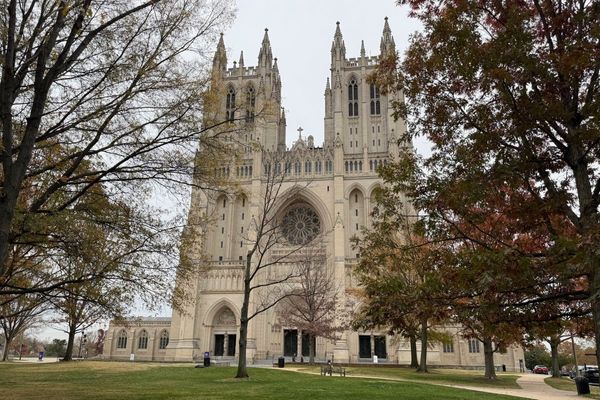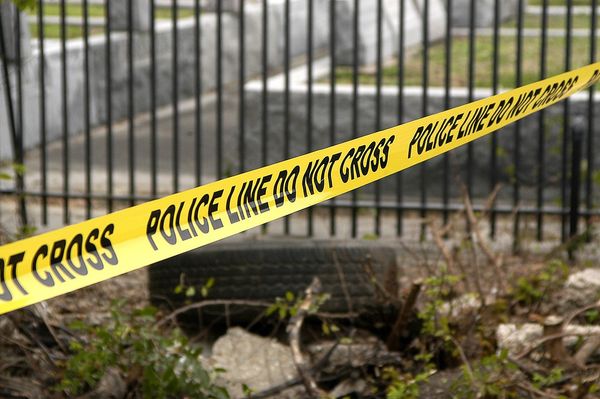
Almost three years after the collapse of the national soft plastics collection and recycling program REDCycle, the consumer regulator is set to greenlight an industry-led replacement scheme.
But there are concerns product manufacturers and the major supermarkets will shift the program’s costs on to consumers rather than change their own behaviour of producing and stocking vast quantities of soft plastics that mostly end up in landfill.
Additionally, the scheme will only recycle a tiny fraction of the soft plastics used in Australia and, at least initially, none of it will be turned back into packaging.
What’s the problem?
Australia produces about 538,000 tonnes of plastic bags, food wrappers, bubble wrap and other “flexible” plastic waste each year, most of which is difficult and costly to recycle.
Australia is falling far short of national packaging targets set by governments in 2018 for 70% of plastic packaging to be recycled by 2025.
What changes are being made for soft plastic?
A new organisation called Soft Plastics Stewardship Australia (SPSA) was created this year to manage the roughly 300,000 tonnes of soft plastics that could be recycled each year, but have been going into landfill.
The SPSA will replace the Soft Plastics Taskforce, comprised of Aldi, Woolworths and Coles, which was set up to deal with REDCycle’s legacy waste.
The SPSA’s founding members are the major supermarkets: Woolworths, Coles and Aldi, and manufacturers Nestlé, Mars and McCormick Foods, which own many popular brands such as Maggi, Uncle Tobys, MasterFoods, Dolmio and Aeroplane Jelly.
Because it involves competing entities working together, the SPSA has applied to the Australian Competition and Consumer Commission (ACCC) for approval. The regulator’s final decision is expected in October.
More than 30 other companies have joined the voluntary scheme, including Weet-Bix owner Sanitarium and cosmetics giant L’Oréal.
But Barry Crozier, one of the SPSA’s co-chief executives, says the members so far represent only about 15% of the soft plastics placed on the market. “We need a lot more,” he says.
How would it work?
The SPSA, which has been trialling collection at some supermarkets and in kerbside bins in select areas, plans to fund collection, sorting and processing of soft plastics primarily by collecting levies from manufacturers and retailers based on the amount of soft plastics they produce or sell.
The idea is the more companies that sign up, the more equitable the cost will become.
Subject to regulatory authorisation, the initial levy would be $160 per tonne of packaging placed on the market, which would increase to $200 per tonne from 30 June 2026. There would then be annual reviews.
Sign up: AU Breaking News email
The SPSA will initially work with local recycling facilities APR, Close The Loop and iQRenew, with the majority of soft plastics sent to the latter. Based in Sydney, iQRenew is licensed to process 6,000 tonnes of the material each year, with the capacity for up to 14,000 tonnes.
While Crozier says this is double what RedCycle collected at its peak, it is still only a drop in the ocean of soft plastics used by Australians. Additionally, Crozier acknowledges that – at least initially – none of the collected soft plastics will be turned back into food packaging.
There is also a need to ensure recyclers can sell the products they turn the soft plastics into, such as plastic pellets.
“We won’t collect more material than [recyclers] have end markets for,” Crozier says. “Nor will we collect more than we can afford to fund the collection and processing of – so we’re going to start slow, very considered, and build it up over time.”
Will products with plastic packaging cost more?
The SPSA’s plan would allow manufacturers to pass the cost of the recycling levies on to consumers by increasing the price of their products. Crozier says this will only result in price increases of up to one cent on most grocery items, or two cents on items in “really large packs”.
He says similar product stewardship schemes are in place in Europe, Canada and the UK and this is “best practice” when it comes to dealing with recyclable waste.
He is confident the levy will act as a “real incentive” for manufacturers to choose alternative packaging wherever possible. But environmental groups aren’t convinced – especially given the proposed scheme is voluntary.
How much will the scheme cost?
Industry experts say soft plastics are a liability. “By the time you collect the material and send it to a recycler and then get it into an end market, it can be upwards [of] $2,000 to $3,000 a tonne,” Crozier says.
Crozier says the only way to recycle soft plastics into food packaging of an approved standard is through chemical recycling, which very few plants around the world are capable of. APR will be the first in Australia, he says.
APR’s managing director, Darren Thorpe, says the facility will focus on confectionery wrapping, separating the barrier film from the outer plastic so the materials can be reused.
He says APR will initially process 10 tonnes a day, with aspirations for 100 tonnes a day by 2030.
“The reason it’s only 10 tonnes a day is because we need to engage the whole supply chain,” he says. “And that was one of the issues with [REDCycle] … it was just a collection system, and it didn’t have any pull through, so nothing was recycled and everything was aggregated.”
What do the critics say?
Critics point out that the stewardship scheme is voluntary, it will pass costs on to consumers, it will only have capacity to collect and process a small amount of the material and it won’t initially recycle any soft plastics back into packaging.
Roelof Vogel, a circular economy researcher who is undertaking a PhD after a career in the global packaging industry, says the scheme focuses on the “second third” of the soft plastics life cycle – after the material has been created and bought by the consumer – but it needs to also focus on the final third, which is how recycled soft plastics are reused after they have been collected and processed.
“The last one-third is really the critical part, because we have to find ways to use that stuff,” Vogel says.
Environmental groups have raised concerns with the ACCC that, being industry-led, the scheme is at risk of “greenwashing” if it is not publicly accountable such as through mandatory reporting requirements.
Zero Waste Victoria requested the ACCC hold a conference with various stakeholders in September so that interested parties could have their say. Its chief executive, Kirsty Bishop-Fox, says if customers are paying a levy for soft plastics recycling, they should be guaranteed the money won’t be spent on anything else.
She is concerned the SPSA has proposed giving $16m of levy contributions to Coles and Woolworths to partially reimburse them for dealing with REDCycle’s stockpiles, and argues the ACCC shouldn’t allow that to happen.
“We’re concerned about the cost being passed on to consumers,” she says.
The SPSA has said it plans to expand its board and appoint an advisory council to add independent oversight. It has also told the ACCC it “agrees a mandatory scheme is preferable in the longer term”.







